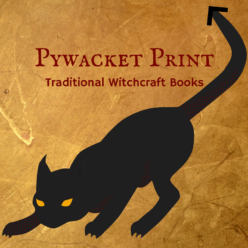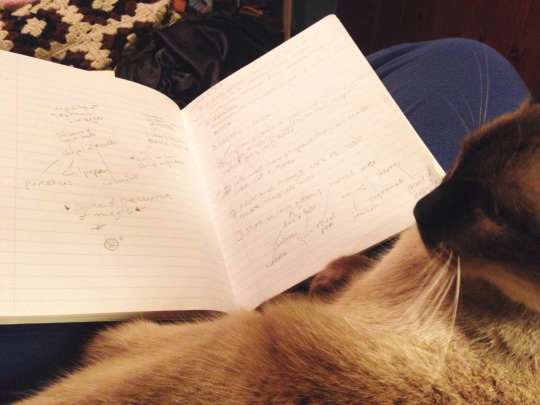 Alex made this new logo it’s the coolness!
Alex made this new logo it’s the coolness!
Category: Uncategorized
Saving the worst for last–otherwise known as Procrastinating
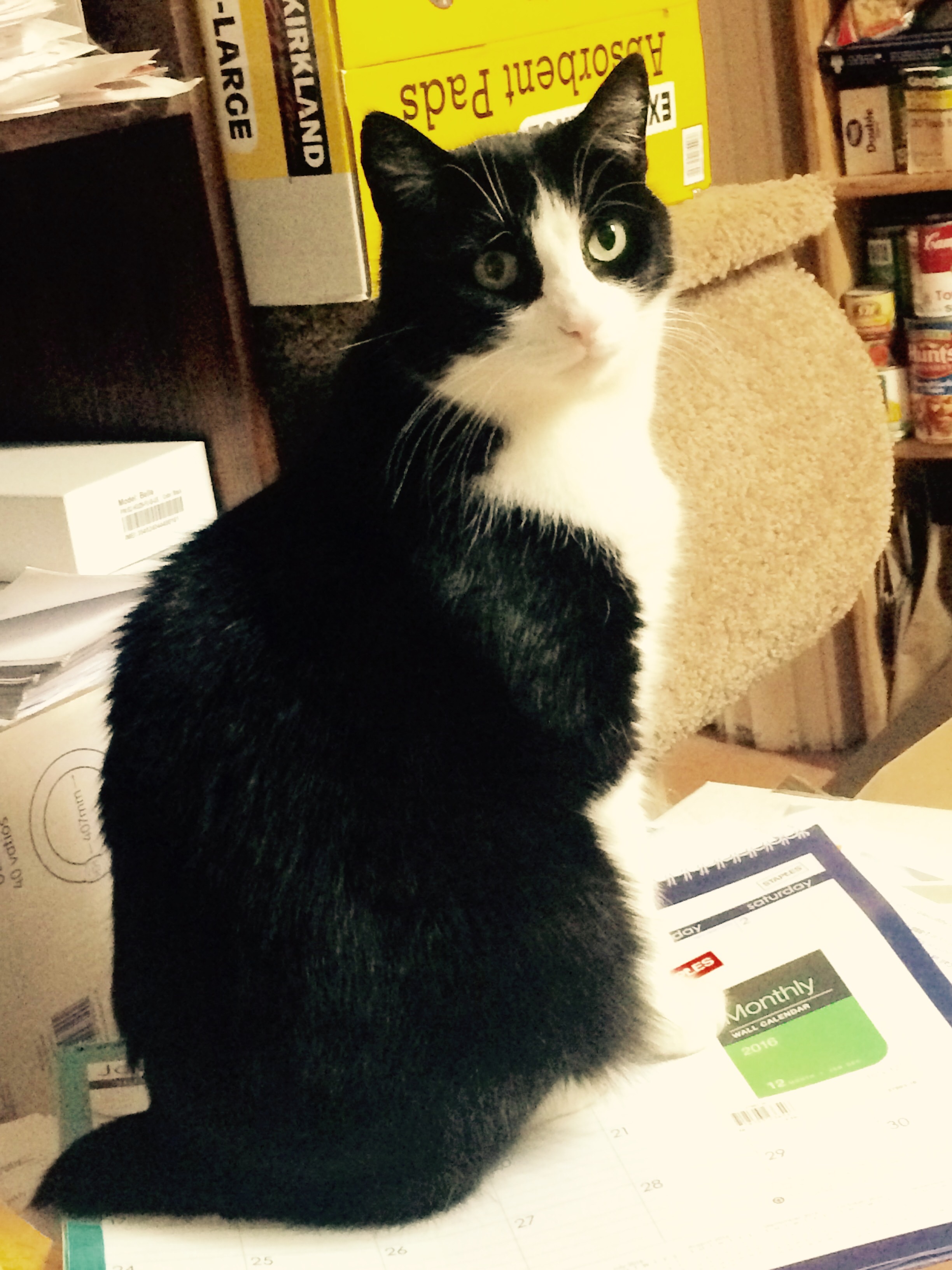
When I started writing my book, I took some great webinars. Some of the advice was good and some could have been better.
One tip was after you have your chapter outline, write the easiest chapter first, then the next easiest and so on. The assumption was that by the time you got it the hardest chapter, you would have momentum built up and the antipaction of finishing to carry you through.
Well, I found that I wrote most of the book very quickly with this advice. But the last two sub chapters that I knew would be the hardest, I saved until last. These sections on Old Horney and on the (non-new-age) virtues Precious Stone beads required more research. I had plenty of practical knowledge in these areas, but not the scholarly support.
Now of course, the academic research was out there. But if I hadn’t already run into it in myearlier extensive studies of witchcraft–well that means it was harder to find material outside of my beaten track.
This meant only about ten pages of material took me months of trial and failure to finally find the material I needed. I got pretty depressed, I read four promising books on Horned Gods and Lucifer and Satanism that provided none of what I was specifically seeking. After all this disappointment I reached out and friends helped me research. I borrowed half a dozen books and got great recommendations from my peers.
What I will do differently next time? I will make that chapter outline and write the easiest chapters first. But I will be researching my dreaded final chapters all along the way and taking regular notes for them so they will be a breeze when I finally get there rather than a drag out.
Handwriting
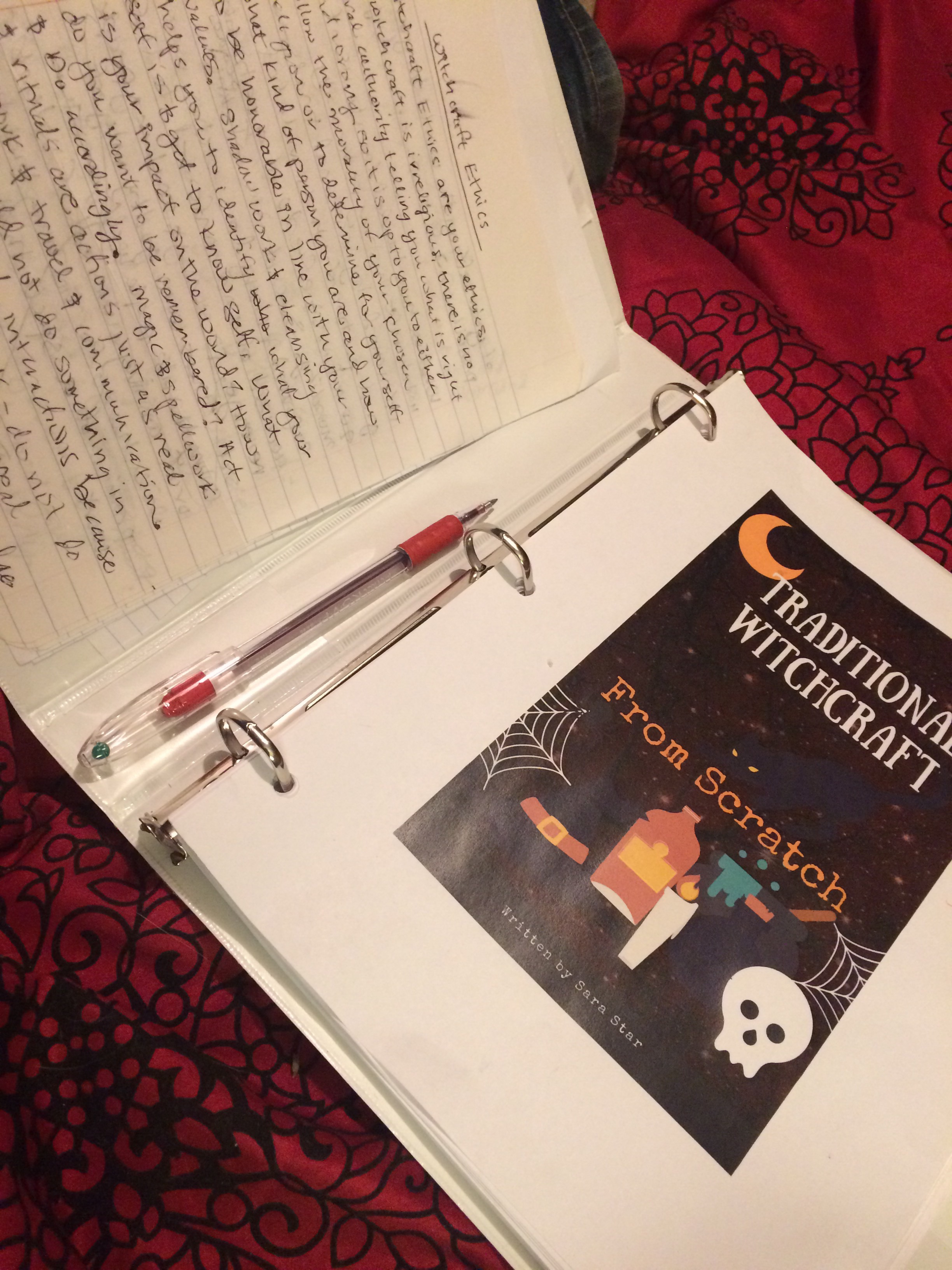
I am handwriting my Traditional Witchcraft from Scratch manuscript. Handwriting is a powerful way to limit distractions, stay focused and slow down and really think about what you are communicating. Unless you do shorthand, no one writes as fast as they can think, but some folks can type faster than they can think, which means ideas can get rushed over without being fully explained. Tapping away can lead to quantity over quality.
When I got back into handwriting blog posts, I did it because my attention was terrible. Anytime I had to write my patheos article, it was like pulling teeth. I would open google docs, then before I even had an idea of what to write about picked I had tumblr open for “inspiration” an hour or more later I had nothing written, my deadline was looming, and I was progressively more burnt out.
Research shows that multi-taskers work faster, but produce less. Deliberate, steady paced, focused work is more successful. Since I got away from the penultimate multitask tempter, the computer, I have written my best work ever and am just half a dozen pages from a full manuscript now.
Putting things down in a notebook didn’t go perfectly immediately. I had a lot of false starts, pretty often what I start writing is great, but not for the project that’s due. I try to get the jist of stray ideas down and then leave a couple blank pages in the notebook to write them in later. I had to learn how many pages translated into how many words for an article, and relearn it when I ran out of college ruled notebooks and switched to legal or wide ruled. I also had to deal with hand cramps. Sometimes poor posture and using pencil led me to lose days writing my book because I had hurt my hand badly. I got smart and switched to pen and then even smarter and switched to fat pens that are ergonomic.
One of the advantages to having my manuscript in notebooks is that I have an extra back up of the computer version is compromised. When I transcribe I have written it’s another level of review where I can rephrase things, add to what I have down and cut crap.
After the rough draft is typed up, I print it and put it in a binder for marking up. I find several advantages to having a physical print out. First I see a tanglible pile of papers, it’s an early copy of my book. The sense of accomplishment and confidence just tapping my fingers on the pages is wonderful.
Second, editing by hand this way continues to slow down my thinking. I make notes throughout of where I need to expand. When I edit while typing I jump right into filling things in and that means I don’t spend enough time organizing my thoughts.
After I have identified all the ideas I need to unpack, I write them all into a notebook giving a few pages for each. Next I go through and start writing the easiest section first. Next I go about planning what sections will require research and gathering needed resources for them.
My current issues I work through with handwriting my book is that I run out of paper in my little one subject notebooks and have had to fill half a dozen so far. Next book I will buy a five subject college ruled notebook. And my other issue is misplacing my notebooks and ergonomic pens. Next time I will buy a bunch of extra pens, will always keep my notebook in my office, and will transcribe new pages more often.
Why Witches Write
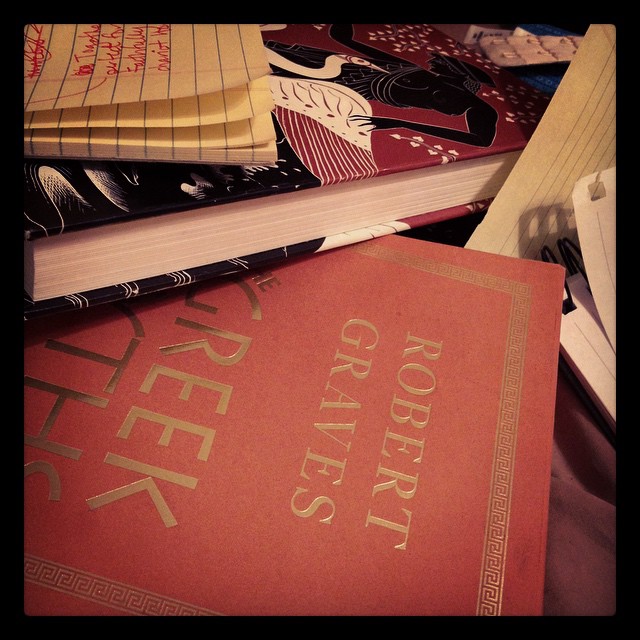
There are a number of reasons witches write books.
Most well known are the yellow paperback sensationalist rags of the 60’s-90’s with red tinted photos of sexy naked witches standing on pentagrams. Obviously these authors write for attention and money. Most pagan authors even popular ones do not have these kind of sales and are supported by a day job or their life partners. So why do they write?
1-For credibility so they can establish respect for their tradition, or as teachers. A number of small traditions share introductory material to show their chops.
2-Because they are sought after as teachers and cannot teach all those interested. So in service of those who seek witchcraft they provide education in the form of books.
3-To help witches who don’t/ cannot practice with covens or study in traditions due to circumstance or location so they can practice on their own.
4-A mystery tradition hoping to grow may put out a book to seek out high quality students. Interested readers will follow up by writing letters or otherwise getting in contact with the authors to pursue study.
5-To cast a spell on the world to make an impact upon it. Many witches right for causes that are close to their hearts and their souls’ purposes. These might be books on magic and the environment for example.
Ultimately the main reason a witch writes a book is because they love writing sometimes they love-hate writing, as its a challenge they are passionate about.
Witch Blogger’s One Moon Cycle to a Rough Draft Manuscript
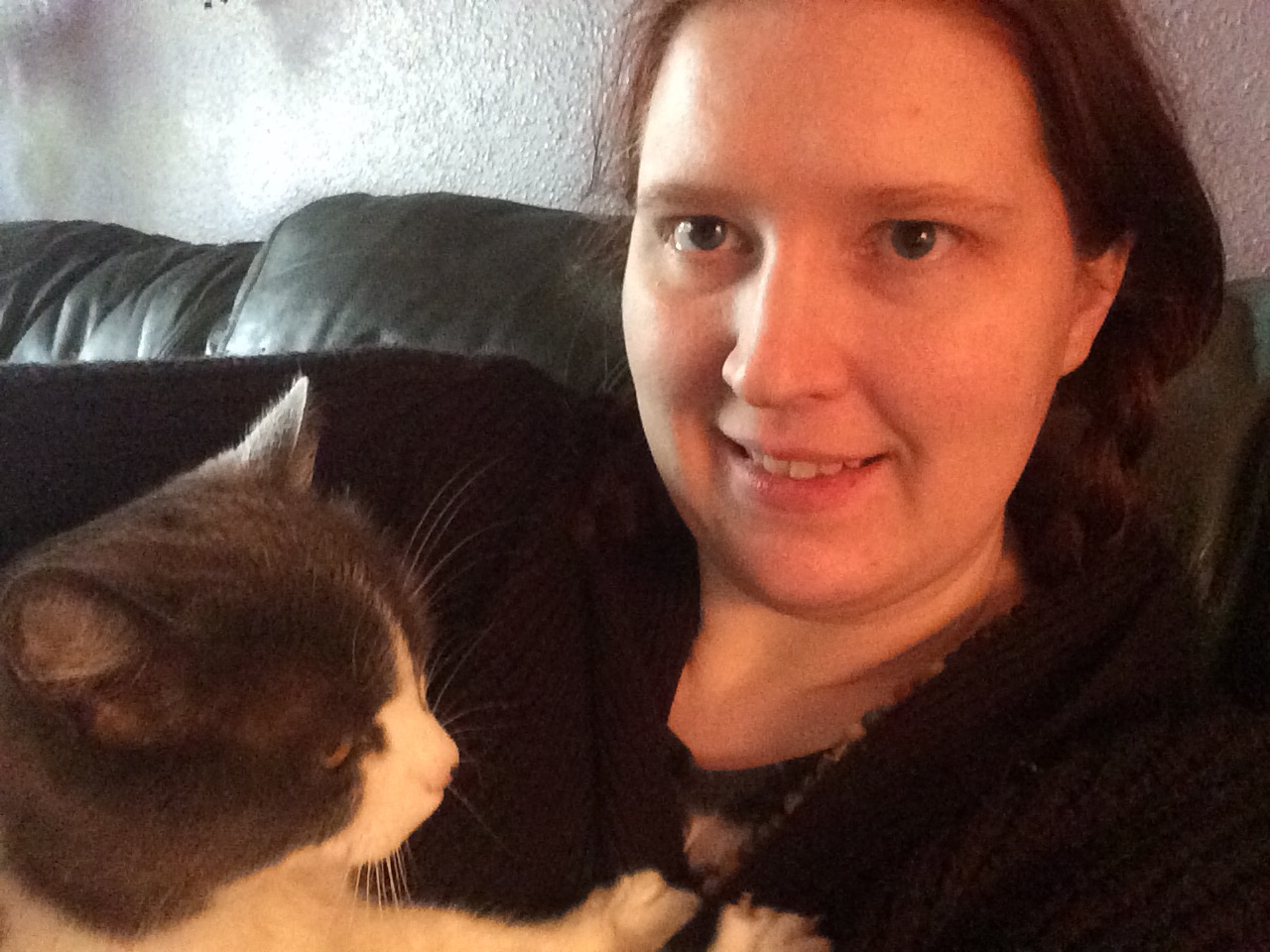 I had to get disciplined. Even though I blogged about witchcraft for 12 years and had a great platform, I hadn’t written a book yet or even had an essay in a witchcraft book. Time to get tough with myself.
I had to get disciplined. Even though I blogged about witchcraft for 12 years and had a great platform, I hadn’t written a book yet or even had an essay in a witchcraft book. Time to get tough with myself. A couple half started works in progress on advanced occult topics sat in my folders. There was a reason I hadn’t finished them yet. I didn’t know how to. Why? Because I hadn’t written an easier magic book first.
Just as with any new skill, you need to start with the basics. For writing a book, of course, you have to be able to write, but this series assumes that like me you are a seasoned witch blogger and know how to write. As a blogger maybe you only know how to write very short articles, but long writings start out as short ones, right?!
Book writing involves key skills that a blogger does not entirely require: outlining, explaining occult jargon, avoiding distractions, keeping to a narrow set of topics, anticipating questions and concerns rather than relying on community interaction, and following a long logical progression.
A witchcraft blogger can write about whatever occult, pagan, magic, or mystical thing they want from day to day or hour to hour. They can even go personal and political if they like. A book is a much more grounded and centered form.
Within your archive of blog posts you very well could have the skeleton of a book with which to add in the muscle, fat, connective tissue and eventually cover in skin, hair and clothes. Yeah, even maybe an appendix.
I assembled my 50 page rough draft in a month. Then I spent another month expanding my witchcraft manuscript to a full length first draft. In this blog series I will share my four week strategy to putting together your rough draft witchcraft book manuscript.
Writing Schedules
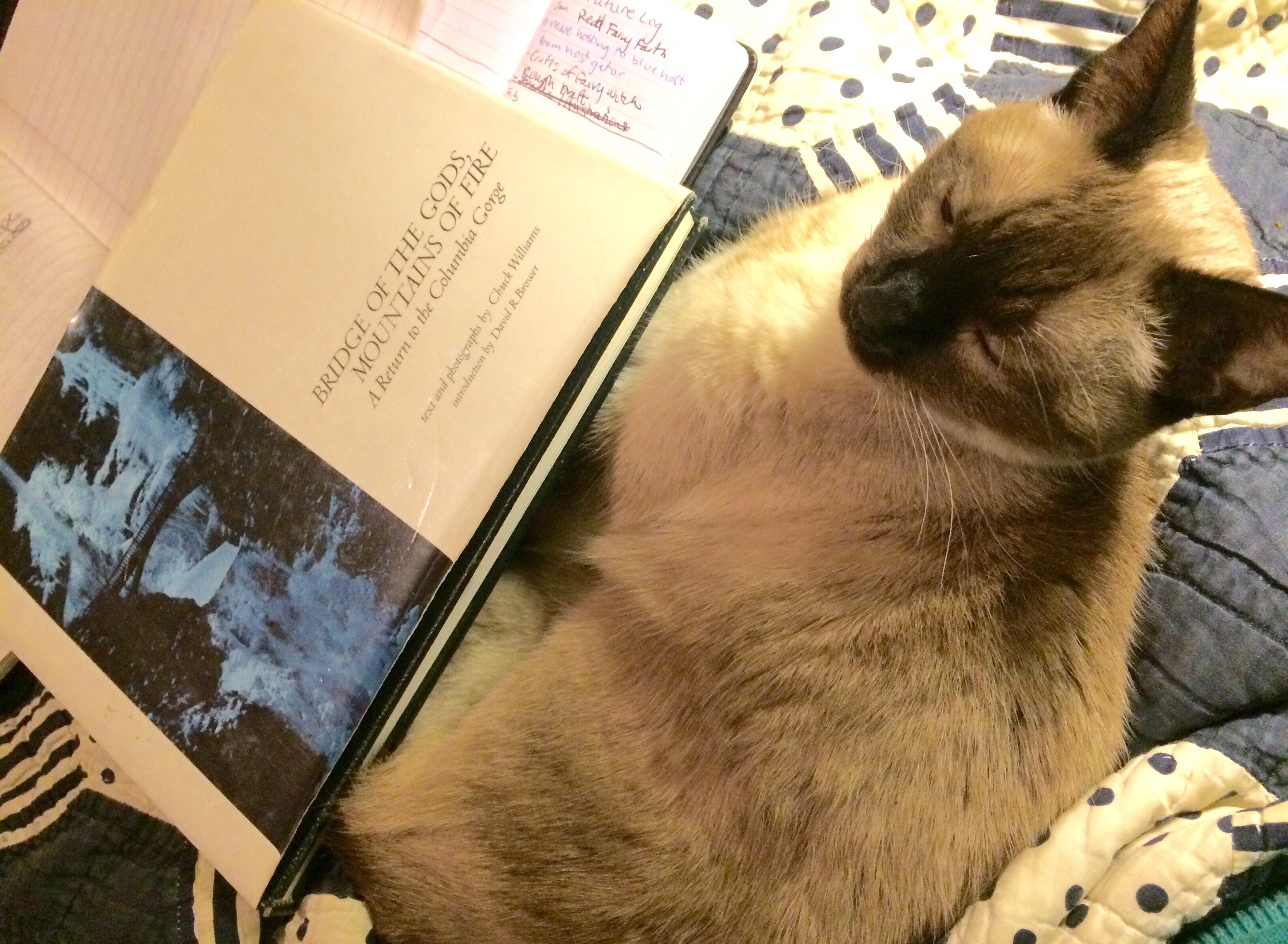
For a busy witch writer with a lot of ideas, project planning is a must. When I began writing my book a few months ago, it was very difficult not to get distracted by ideas for other projects. In fact, I have several abandoned drafts for other books languishing in my google documents because I got distracted before.
Bullet journaling came to my rescue. In the bullet journaling planner system you have a few pages set aside called a future log, where you can jot down your goals for future months.
One if my witch author idols, Charles Leland, prescribes forethought and planning to strengthen the will. In addition to keeping my planner, I check it every night and make a declaration of purpose the night before to complete my plansthe next day. A little bit of magic inspired by the Italian witches who had iron trained wills to make things so.
Anytime I have ideas for a different witchcraft book I plan out when I will write the short rough draft, when I will expand it to a full length first draft, when to illustrate it, and when to polish it. By separating the process and allowing for other deadline based projects in between, I have gotten farther in my dream to write a book than ever before. My future log currently has five book ideas in it! I guess I am booked for the next year.
Today I am working on a chapter for a traditional witchcraft anthology. It feels a little wrong to interrupt my manuscript when it is so close to finished, but this is one of those deadline things. In fact if it weren’t for my bullet journal, I might have forgotten I was invited to contribute this witch anthology. (I will let you all know more details when I can!)
I am surprised how much easier writing has gotten for me since I really dug into writing a book. The article is about half written and I just need to do some reading and site visit research in preparation to finish.
Pros and cons of traditional publishing versus self publishing
When I was a kid I got my poems published in little pamphlets my school made and once I sent my poem off to be in a compilation of American poets advertised in seventeen magazine I think. Wow my poem was accepted! If I wanted a copy of the book it was $40.
Well when I got the book it had thousands of poems in it, I realized the poets and their families were their only customers and it was kinda a low level scam. They accepted near every poem they got including my middle school ode “the cat who”. I learned that real publishers send out more rejections than acceptances and that it is challenging to stand out among all the other authors.
I have kept my eyes peeled and watched carefully the different models of publishing. The world has opened up for writers with the ease of e-book and print on demand, but traditional publishing still has a very important role in the market. So what are the pros and cons of traditional publishing:
Con: Your book might be rejected because the editor doesn’t think it is very good and doubts they could sell it. It can be very discouraging to get rejection letters and harsh criticism of your writing. Big pagan publishers seem to print the same old types of books over again and don’t take risks on new ideas very often. You might have written the next big thing in magic and they won’t accept it because it doesn’t match their formula.
Pro: Your book might be rejected because the editor doesn’t think it is very good and doubts they could sell it. Having an editor who is an expert on what they can sell and what good writing is prevent your from failing publicly because you put out a book that isn’t good enough to sell could save you a big headache. Self publishing in the old days through vanity publishers meant you paid for the printing and that often meant you had boxes of unsold books in your apartment! It is less of a con now with print on demand and ebooks. However editors and publishers can also be too conservative and avoid taking risks on great new books because they say something different. If you go the direction of self publishing field test your book to make sure their is a market for it.
Con: You might have to sign a book deal that locks you into writing more books for that publisher and give rights for your book to them for a certain number of years. If you cannot or do not write other books you are in violation of your contract. If they decide not to sell your books anymore you are stuck in the contract and aren’t making anymore money.
I know a number of pagan and occult authors whose books are no longer printed by their publisher, and they must wait years for the rights to return to them. They have new markets they could sell to and can’t while it is locked up.
Pros: Good book deals will give you money up front to buy the rights to your book and being on the hook to write more for them can be just the motivation you need to get that second book done. If you are a popular seller for them royalties could roll in for a long time.
Con: An editor will make you change parts of your books and will have a lot of control on how it looks printed, what the advertising copy and the cover look like. For an author letting go of complete control of their creation can be so difficult. And your vision could really be compromised by the changes.
Some pagan publishers force restrictive layouts and make massive changes to anything they disagree with. I have read witchcraft books that were obviously butchered to promote the editors version of witchcraft for example pushing the rede, threefold law, and lord and lady onto a book by an atheist witch who stated a witch who cannot harm cannot heal.
Pro: Editors handle cover art and layout to make your book look really good and be eye catching for readers. They want to sell lots of copies to benefit their company so they will request changes that could make your book more popular. They catch your spelling and grammar mistakes and make you look good. I have seen self published pagan books full of mistakes, hideous pencil sketches with eraser lines and grid lines still showing, a number of self published pagan books rely on art that is beyond copyright and looks generic.
Cons: The common royalty split for bigger publishers is only 10% for the author. When you think of all the work you put into writing your book that low of a take seems painful.
If you publish yourself you get all the profits after the costs of printing and advertising. If you already have a great platform like a popular blog or YouTube channel to reach readers you might not need much additional advertising.
A self publisher can use crowdfunding to drum up interest and fund the printing of their book rather than dealing with a publisher.
Pros: the bigger publishers pay for your book to be printed, they have access to bookstore shelves where it will be stocked and otherwise can make your book potentially more profitable than if you sold it yourself. That can turn into more money for you if there is a market for your books out there.
Conclusion:
Ultimately, I have observed that an author may prefer to diversify by self publishing some books and going with various publishers for others. Some of my favorite authors in traditional witchcraft have their own publishing houses and also publish with other companies. As new authors like myself move forward there is a lot to weigh between the two.
What does Pyewacket Print?

1) A cry has come from the community for options when purchasing traditional witchcraft books. There is a healthy market for fine hardbacks, but just as needed are trade paperbacks and kindle editions.
Pyewacket Print provides its offerings in three formats: limited edition hand numbered cloth bound hardbacks, trade paperbacks, and kindle e-reader copies.
Why limited editions?
When it comes to printing quality hardback books, the publisher must finance runs of a large number of books at once while paperbacks can reasonably be printed on demand a few at a time.
2) Lacking in traditional witchcraft is books that embrace the diversity of witches that come to the craft. Witches want books that give them options, that take into account different possibilities they can adapt to their mode of life. Much of occultism is steeped in a hard Victorian binary mindset.
Pyewacket Print publishes books with an awareness for now with a respect for then strongly rooted in tried and true.
3) Local! Most of the best books published in traditional witchcraft today ship from England. The cost in shipping alone between continents is prohibitive.
By offering print on demand paperbacks and kindles people in different areas can order the book through amazon and have it printed and shipped to them more affordably. Our hardbacks are sustainably printed in the USA meaning a much lower shipping cost for our stateside readers.
Pyewacket Print
I am Sara Star of Spirits Craft Magic School. After much cajoling by my students and colleagues, I set out to write a book. While writing my rough draft and now polishing up my first draft–I had just so many ideas for other books! Which means I am going to keep writing more and more! With the first book Traditional Witchcraft from Scratch now pretty much written, I need to print it. This is where Pyewacket Print came in.
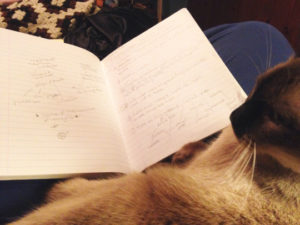
Pyewacket is the name of one of the animal spirits called out to by a poor imprisoned witch captured by witchfinder Matthew Hopkins in 1664. While it was not described as a cat, the name became popular for witch’s cats after the siamese cat familiar Pyewacket in Bell Book and Candle both the broadway play 1950 and then the movie in 1958.
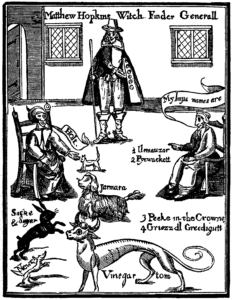
The impish kitty has followed me around since the days of the art collective I ran with my friend Alex. We revived the pointy guy to represent a new publishing house, which will serve as an outlet for the writings of trusted witches blazing the path of traditional witchcraft in the millennium with a focus on American witches, spirit work and cultural awareness.

